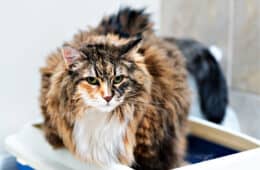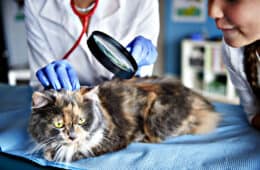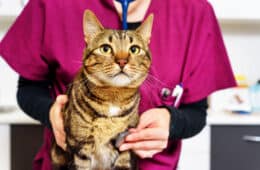Meet Panleukopenia. This infectious disease is not only common but can also be fatal, especially for kittens. But what causes it, who's most at risk, and most importantly, can it be prevented?
In this article, we pull back the veil on Panleukopenia, its symptoms, treatment, and the crucial steps for its prevention. We’ll cover everything from the importance of vaccination to the role of a cat's environment.
Stay with us, because understanding this disease could be a game-changer for your cat's health. Keep reading to learn more.
Understanding Panleukopenia: The Serious Threat To Unvaccinated Cats
Feline Panleukopenia is a serious infectious disease. It is relatively common in unvaccinated cats and is often fatal, especially for young kittens. Contact with a diseased animal or its secretions easily spreads the feline Panleukopenia virus, also known as FPV.
People often refer to Panleukopenia as feline distemper because it produces symptoms similar to those displayed in dogs with distemper. However, these two diseases are different and have different causative viruses.
Who's At Risk?
Any cat or kitten without vaccination against feline Panleukopenia is at risk. This is a hardy virus that can lurk in carpets and upholstery for years.
Litter boxes, food bowls, and even toys and clothes can infect cats. Therefore, introducing an unvaccinated cat to surroundings previously inhabited by a sick cat puts her at great risk.
Feline distemper especially affects kittens because their immune systems are often underdeveloped and unable to fight off the infection. In fact, kittens can be infected in utero or during birth. Mortality rates for this form of neonatal Panleukopenia are extremely high. Survivors of the infection may suffer cerebellar damage.
SIGN UP FOR THECATSITE'S EMAIL UPDATES >
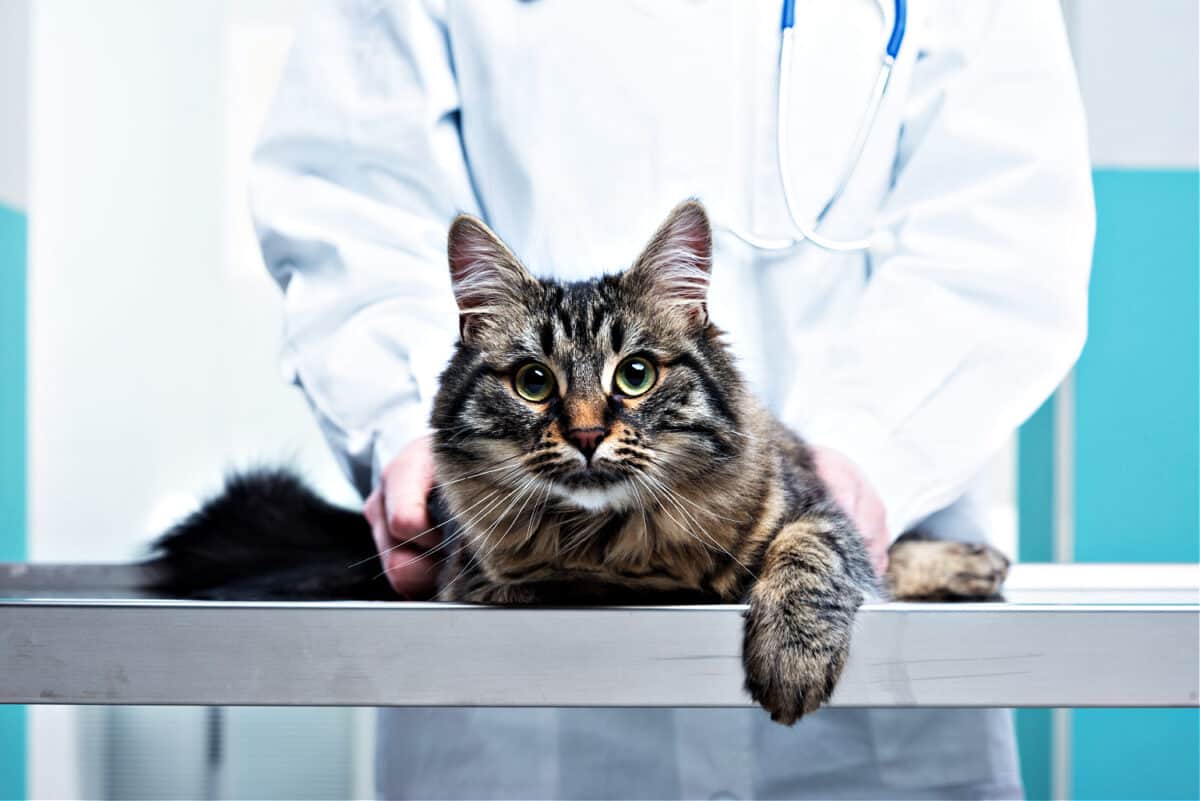
Symptoms And Treatment Of Feline Panleukopenia
Symptoms of feline distemper usually show up within a week and a half of exposure to the virus. Sick cats often run a high fever, accompanied by apathy and loss of appetite. Vomiting, diarrhea, and abdominal pain may also be present.
If you suspect that your cat may have feline Panleukopenia, get her to the vet immediately. Early detection and treatment are crucial for cat survival and recovery. Your vet will probably perform a blood test and begin immediate life-supportive measures, including intravenous fluids, antibiotics, and sometimes even blood transfusions.
Prevention Of Feline Panleukopenia
The best prevention for feline Panleukopenia is by vaccinating all cats and kittens. This is one of the routine vaccines every kitten should get. To keep the body's defenses active, annual boosters require administration.
Remember that kittens need some time to fully acquire the immunization. So, even if you have given your kitten her shots, you should avoid exposing her to other cats (other than her littermates) until the age of four months.
Breeders should make sure that breeding queens are vaccinated before mating. This will allow the newborn kittens some immunity, provided they have nursed on their mother's first milk (the colostrum).
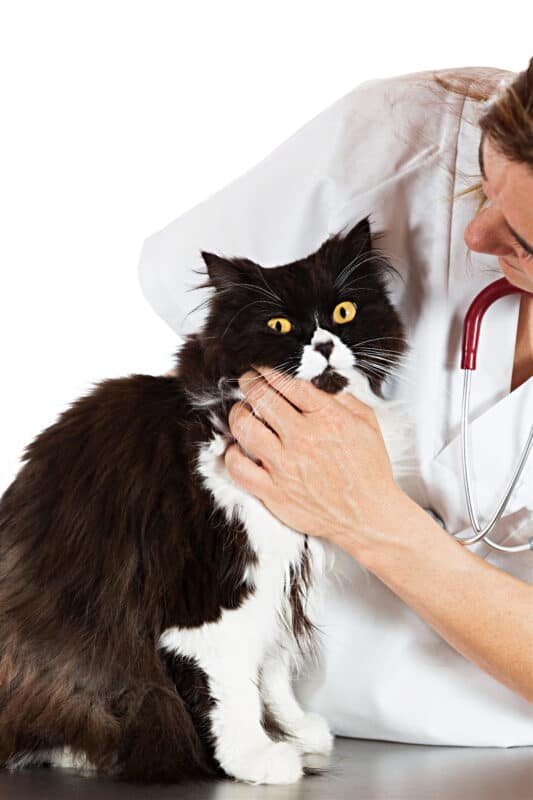
The Key Takeaways On Feline Panleukopenia
In wrapping up, it's important to remember the significant threats posed by Feline Panleukopenia. This highly infectious disease is not only common in unvaccinated cats but can also be fatal, particularly for our precious kittens.
It spreads effortlessly through contact with an infected animal or its secretions, lurking within everyday items like toys, clothes, or even your cat's litter box.
Despite its deceptive nickname, feline distemper, this disease is distinct from canine distemper, caused by a different virus altogether.
Unvaccinated cats are at serious risk, with kittens being particularly vulnerable due to their underdeveloped immune systems. It's a stark reminder that diseases can lurk in the most unexpected places, from carpets to upholstery.
Recognizing the symptoms—high fever, apathy, loss of appetite, vomiting, diarrhea, and abdominal pain—can be life-saving. Early detection leads to early treatment, and early treatment significantly increases the chances of survival and recovery.
Treatment often involves life-supportive measures like intravenous fluids, antibiotics, and sometimes blood transfusions.
However, prevention is undeniably better than cure. Vaccination remains the most effective measure in safeguarding your cats and kittens against this menacing disease. Annual booster shots are key to keeping their defenses active.
For kittens, exposure to other cats should be limited until they're at least four months old to ensure full acquisition of immunization.
And to those in the breeding business, remember, vaccination is crucial before mating, offering newborn kittens a fighting chance via immunity from their mother's first milk or colostrum.
As cat owners, our commitment to regular veterinarian check-ups, knowledge of diseases like Panleukopenia, and vigilant eye for symptoms can make a world of difference to the health and happiness of our feline friends.
So, let's stay aware, stay informed, and keep our cats safe.
SIGN UP FOR THECATSITE'S EMAIL UPDATES >
For Additional Reading:
Vaccine-Associated Sarcoma In Cats
Cat Vaccinations: A Quick & Useful Guide
Comments? Leave them using the form below. Questions? Please use the cat forums for those!
Note: We may get commissions for purchases made through links on this page.

